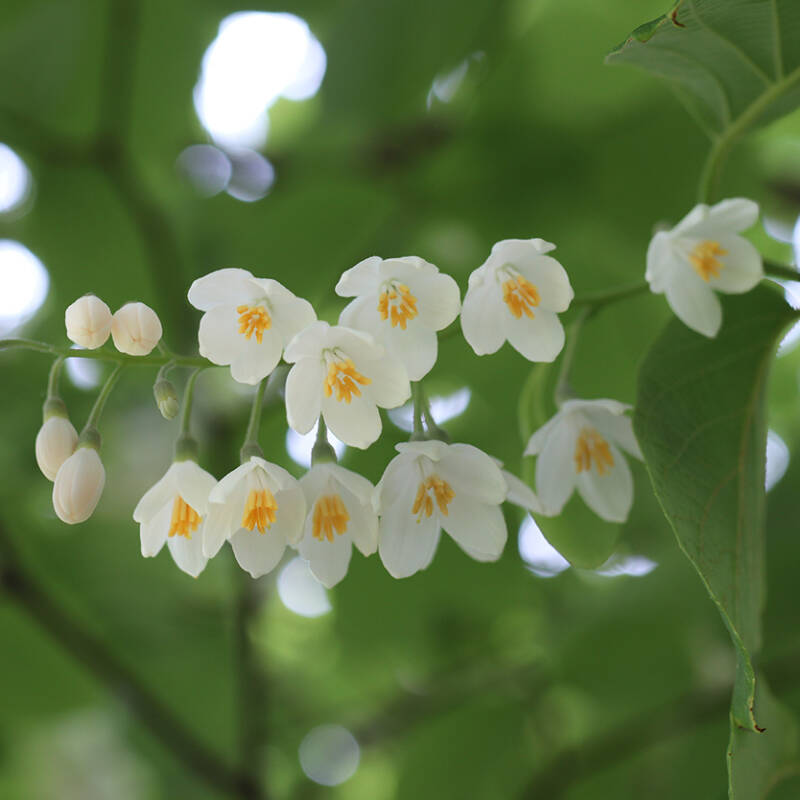Beets, Beta vulgaris: “Fall Favorite”
What I love about planting for a fall harvest is that the season’s vegetables are not as massive or consuming of garden beds as mid-summer resource hogs (squash and tomato family, you know who you are). Beets are space conserving but are also tasty, easy, and you can eat the tops and the bottoms.
Please keep reading to learn more about this autumn favorite.

Don’t get me wrong, I love the rambunctious zucchini, or the prolific tomato, but there is something so demure and secretive about the beet. I actually love that I can’t see it growing. It’s a hidden gift until harvest time. I adore pulling beets from the ground and being amazed by the surprise.

The major problem with beets is pesky army worms–green caterpillars that chew irregular holes in the beet leaves. I have witnessed them skeletonize leaves. Because I practice organic gardening to the nth degree, I just pick off the caterpillars. I have heard some use Neem oil with success, but I can’t verify that technique.
Tip: if you have irregular or small beets the reason may be that you avoided thinning your seedlings to 1-3 inches apart. Thinning beet seedlings (like carrot seedlings) is a critical step, time- and labor- intensive. and quite important. Think of it as a mindful exercise as you pluck out the smaller sprouts. Also make sure you have soil that is at least 3 to 6 inches deep and free of intrusive rocks to accommodate growth.
Many varieties of beets exist and come in many shapes, sizes, and colors ranging from red to white to gold or striped. I recommend trying different ones and doing a taste test.

Some popular varieties (but definitely not limited to) that I like are:
Chioggia: A sweet-tasting Italian heirloom with beautiful candy cane striped flesh.
Golden: These carrot-colored roots are more mellow and less earthy than red beets and they don’t “bleed.” Tip: If your kids won’t eat red beets, try this golden variety.

Cheat Sheet
- Harvest the roots from 7 to 8 weeks after planting and eat the greens whenever.
- High in vitamin A and C, beets are a nutritious root vegetable that can be shredded raw, pickled, juiced, steamed, or roasted. I also love to sauté the greens, like chard or spinach, with some oil and garlic.
- Plant with other cool-loving vegetables such as carrots, kale, and broccoli.

Keep It Alive
- Plant seeds or starts during cooler months. Beets do suffer in hot weather. Plant seeds from 1 to 2 inches apart in rows. Cover seeds loosely with soil and sprinkle with water. Keep seedlings or newly transplanted starts moist.
- Beets love deep, well-draining organic soil (never clay, which causes tough beets. Sandy soil is optimal.).
- Beets, fortunately, will accept part sun, but like full sun as well.
N.B.: So many ways to use the beets you grow. See:
- DIY: How to Make Natural Easter Egg Dye.
- An Indoor Compost Garden.
- Beet Greens: A Cook’s Garden-to-Table Recipe.
Finally, get more ideas on how to successfully plant, grow, and care for beets with our Beets: A Field Guide.
Interested in other edible plants for your garden? Get more ideas on how to plant, grow, and care for various edible plants (including folowers, herbs and vegetables) with our Edible Plants: A Field Guide.









Have a Question or Comment About This Post?
Join the conversation